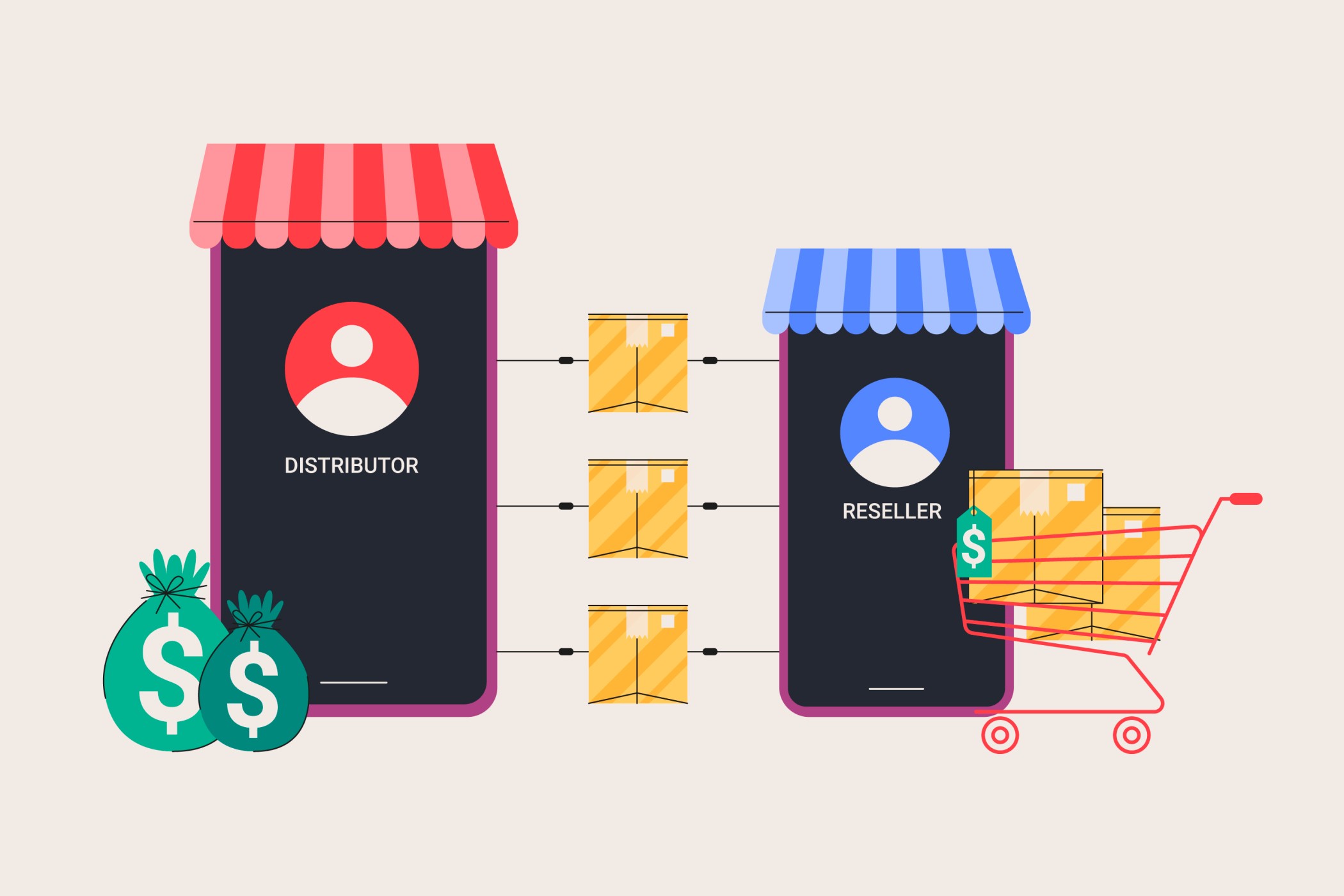In a rapidly evolving digital landscape, the metaverse has emerged as a game-changing concept. It’s not just a buzzword anymore; it’s becoming a reality that businesses can’t afford to ignore. As the metaverse gains prominence, savvy e-commerce entrepreneurs want to establish a presence within it. But how do you create a virtual store in the metaverse that not only stands out but also converts visitors into customers? Let’s explore the strategies and steps you need to take to thrive in this exciting new frontier.
Understanding the Metaverse
🔍 What is the Metaverse?
The metaverse is a collective virtual shared space, created by the convergence of physical and virtual reality. It’s a space where people can interact, work, socialize, and conduct various activities through digital avatars. The metaverse is not limited to one platform; it encompasses a wide range of virtual worlds, augmented reality, and virtual reality experiences.
💡 Why is the Metaverse Important for Ecommerce?
- Expanded Customer Base: The metaverse opens up your business to a global audience of digital citizens who are increasingly spending time in virtual spaces.
- Immersive Shopping Experiences: You can create immersive, interactive, and engaging shopping experiences that traditional e-commerce platforms can’t match.
- Niche Market Opportunities: The metaverse allows you to target niche markets and communities with shared interests, making it easier to connect with your ideal customers.
- Brand Innovation: Establishing a presence in the metaverse demonstrates your brand’s forward-thinking and innovative approach, boosting your brand image.
Building Your Virtual Store
🏗️ Selecting the Right Platform
Choosing the right platform is crucial for your virtual store’s success in the metaverse. Some popular options include:
- Decentraland: A blockchain-based virtual world where you can buy, sell, and develop virtual real estate for your store.
- Roblox: A platform primarily known for gaming but also hosts virtual events and shops, making it a unique e-commerce space.
- VRChat: Ideal for immersive 3D shopping experiences with the option to customize your virtual store.
- Second Life: A long-standing virtual world that has a dedicated user base and a virtual marketplace.
🎨 Designing Your Virtual Storefront
The laws of physics do not limit virtual store design. You can get creative with the layout, architecture, and overall aesthetics:
- Unique Architecture: Create a visually stunning virtual storefront that captures the essence of your brand.
- Interactive Displays: Incorporate interactive elements like touchscreens, animated displays, or holographic product showcases.
- Custom Avatars: Design unique avatars for your store employees to make the shopping experience more personalized.
💻 Integrating E-commerce Features
To facilitate seamless transactions in the metaverse, you’ll need to integrate e-commerce features:
- Virtual Currency: Implement a virtual currency system for purchases within the metaverse.
- Secure Payment Gateways: Ensure that your payment gateways are secure to protect customer data and transactions.
- Virtual Shopping Carts: Allow customers to add items to their virtual shopping carts.
🤖 AI-Powered Virtual Assistants
Use AI-driven virtual assistants to enhance customer support and provide real-time assistance:
- Chatbots: Offer immediate responses to customer inquiries, guiding them through the virtual store. Chatbots, such as those discussed in detail in this Engati blog post, offer immediate responses to customer inquiries, guiding them through the virtual store.
- Personalized Recommendations: Utilize AI algorithms to recommend products based on customer preferences.
Marketing Your Virtual Store
📢 Metaverse SEO
Just like in the physical world, SEO is essential for the metaverse:
- Keyword Optimization: Identify relevant keywords for your products and integrate them into your virtual store’s content.
- Backlinks: Build backlinks from reputable virtual locations and platforms to increase your store’s visibility.
- Content Marketing: Create valuable content within the metaverse to attract organic traffic.
Also Read:- Unlocking the Power of SEO: Your Ultimate Guide to Search Engine Optimization
📸 Virtual Influencers
Leverage virtual influencers to promote your virtual store:
- Avatar Influencers: Partner with popular avatars to showcase your products in the metaverse.
- Virtual Events: Host events within the metaverse and invite virtual influencers to generate buzz.
🎉 Virtual Launch Parties
Create excitement around your virtual store’s launch:
- Exclusive Access: Offer early access to a select group of customers or influencers.
- Virtual Performances: Host virtual performances or events to celebrate the launch.
📚 Content Strategy
Develop a content strategy that aligns with the metaverse’s unique characteristics:
- Interactive Content: Create content that encourages user interaction and engagement.
- Virtual Tours: Offer virtual tours of your store, highlighting key products and features.
Community Building and Engagement
👥 Metaverse Communities
Participate in metaverse communities to build your brand’s presence:
- Forums: Engage in metaverse-specific forums to connect with potential customers.
- Virtual Events: Attend and host virtual events to network and grow your customer base.
📢 User-Generated Content
Encourage users to create and share content related to your virtual store:
- UGC Contests: Organize contests where users can create content showcasing your products.
- Social Sharing: Make it easy for users to share their metaverse experiences on social media.
Analytics and Optimization
📈 Tracking and Analyzing Data
Gather data on customer behavior within the metaverse:
- Visitor Heatmaps: Analyze where visitors are spending the most time in your virtual store.
- Conversion Funnel: Identify drop-off points in the customer journey and optimize them.
⚙️ Continuous Improvement
Use data-driven insights to continually enhance your virtual store:
- A/B Testing: Experiment with different virtual store layouts and features to see what works best.
- Feedback Loops: Encourage users to provide feedback on their metaverse shopping experiences.
Security and Privacy
🔒 Protecting Customer Data
Ensure the security and privacy of customer data:
- Data Encryption: Implement robust encryption protocols to safeguard sensitive information.
- Privacy Policies: Clearly communicate your data handling practices and policies.
Legal Considerations
📜 Virtual Property Rights
Understand the legal aspects of virtual property rights:
- Copyright: Respect copyright laws when creating virtual store assets.
- Terms of Service: Clearly outline your store’s terms of service and user agreements.
Conclusion
E-commerce in the metaverse represents a groundbreaking opportunity for businesses to reach new audiences and offer innovative shopping experiences. To create a virtual store that converts, focus on platform selection, design, integration of e-commerce features, marketing, community building, analytics, and security. By navigating the metaverse thoughtfully and strategically, your e-commerce venture can thrive in this exciting digital frontier. Keep evolving, stay innovative, and watch your virtual store transform into a metaverse success story.



